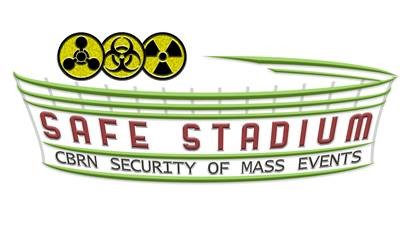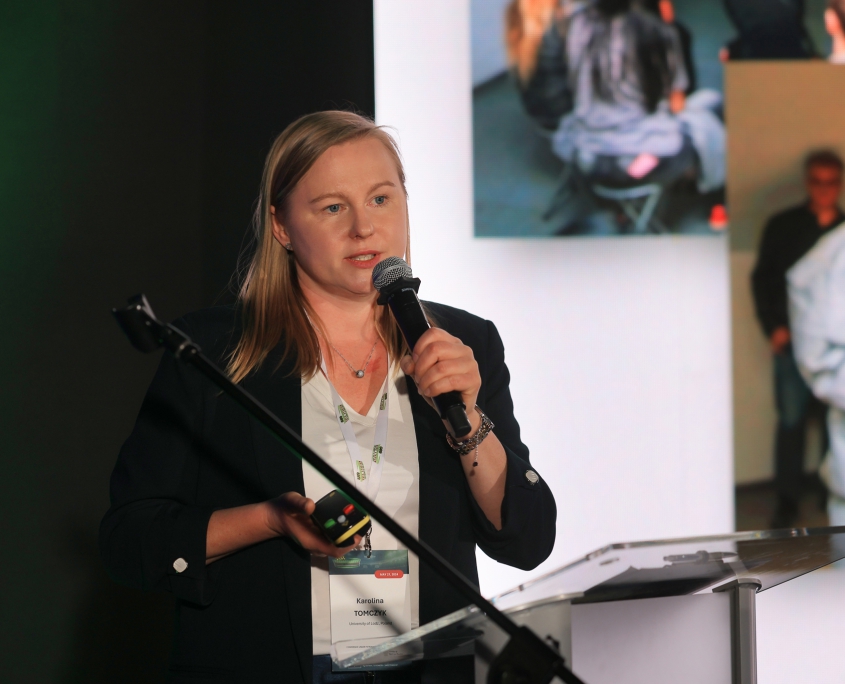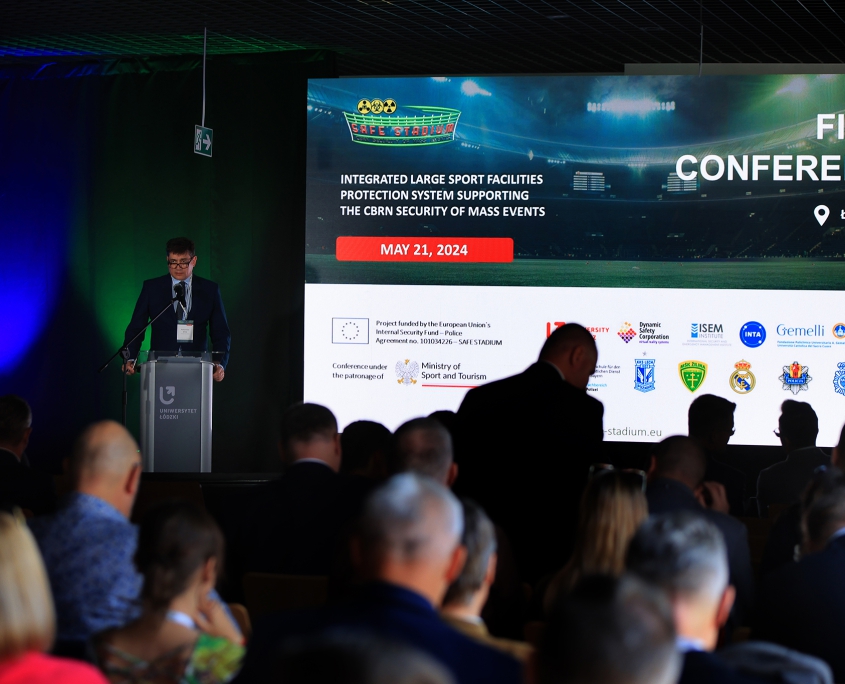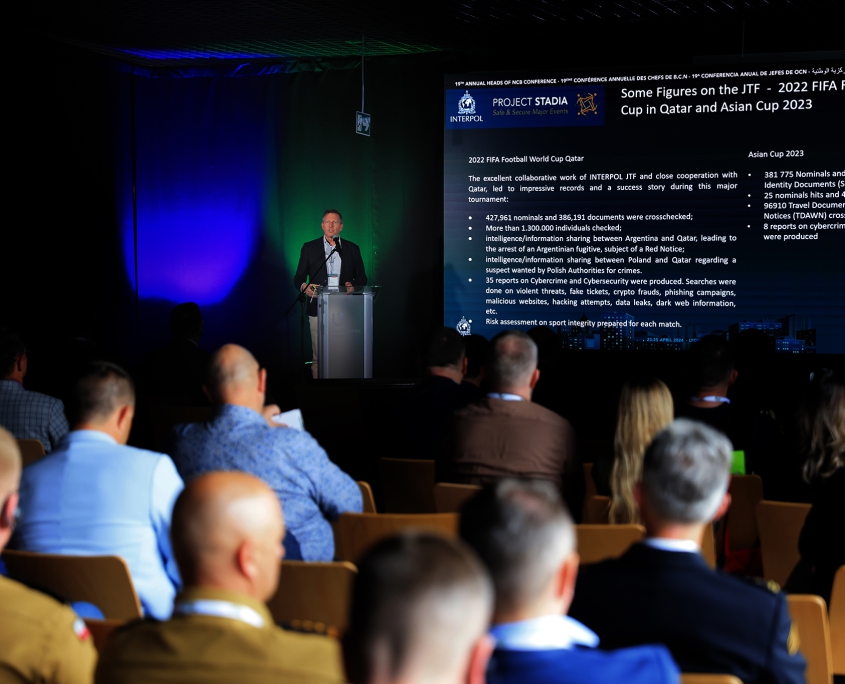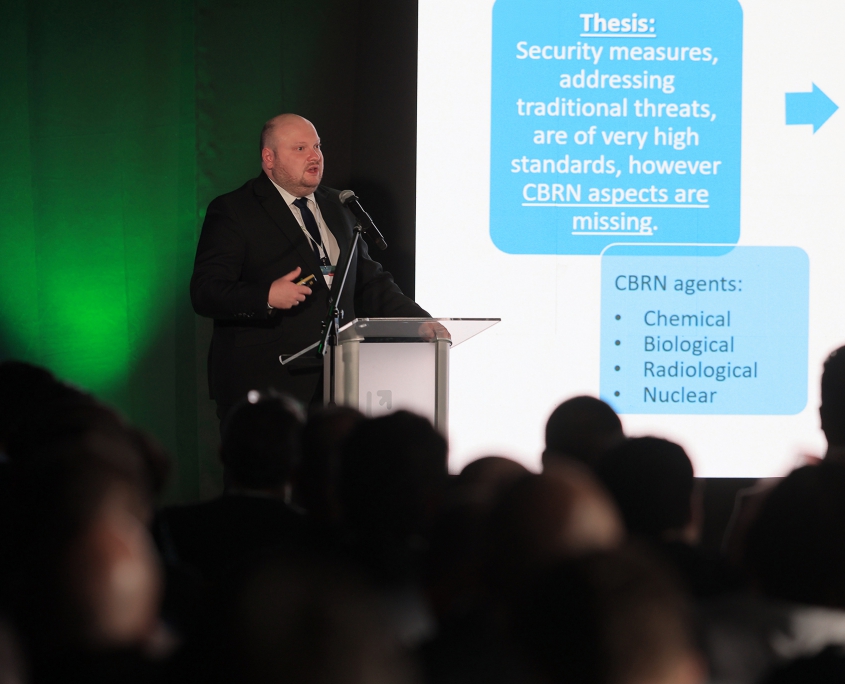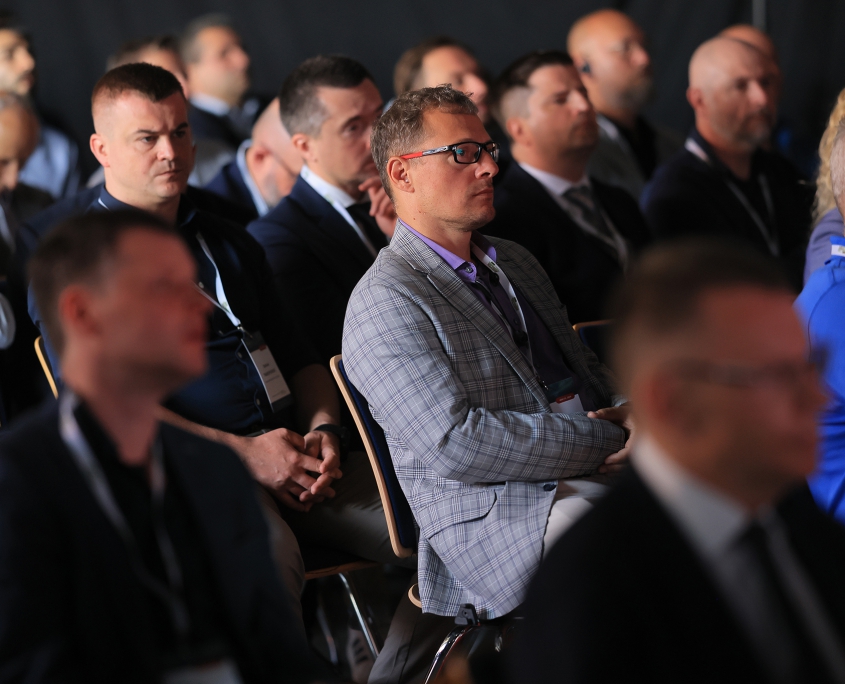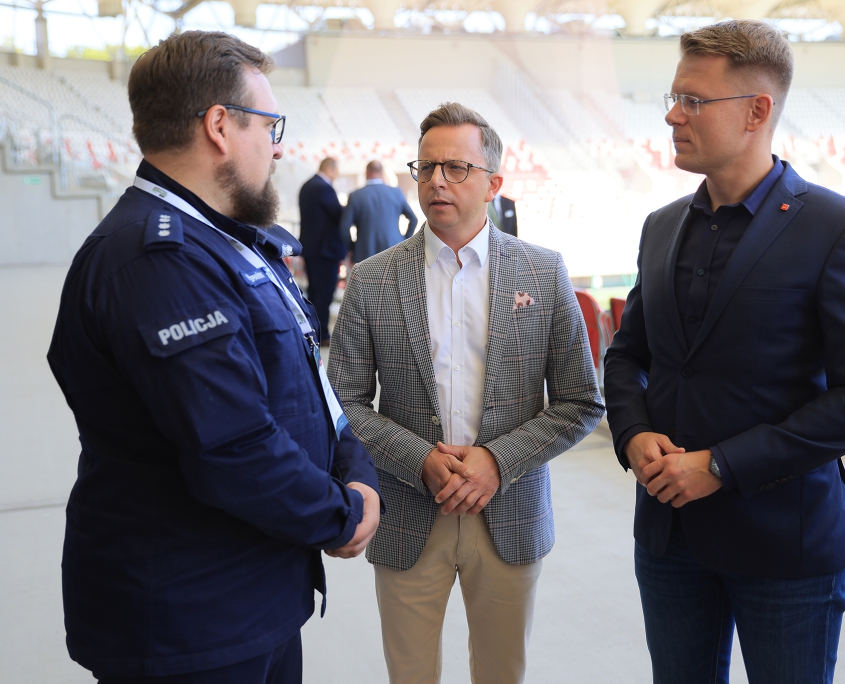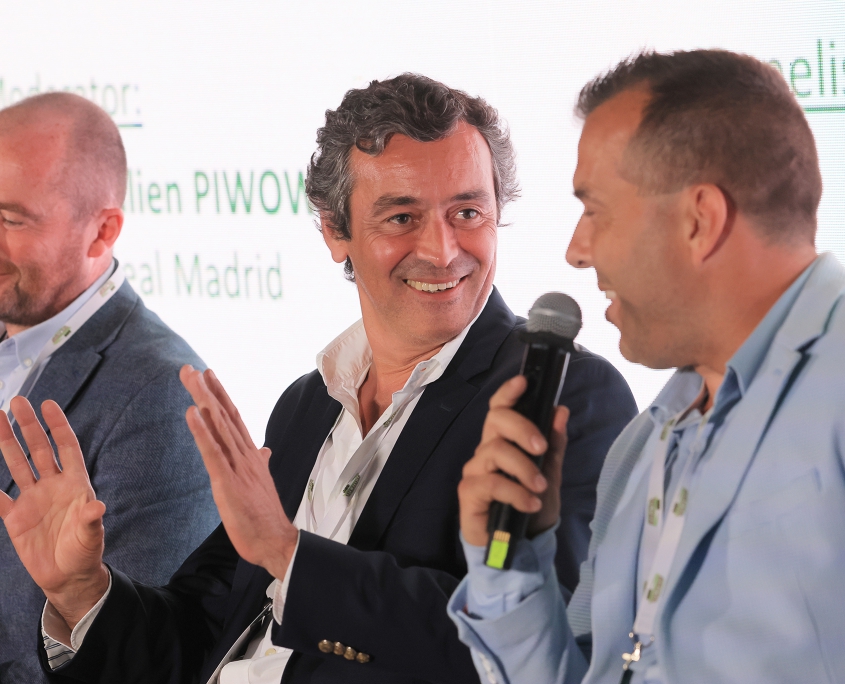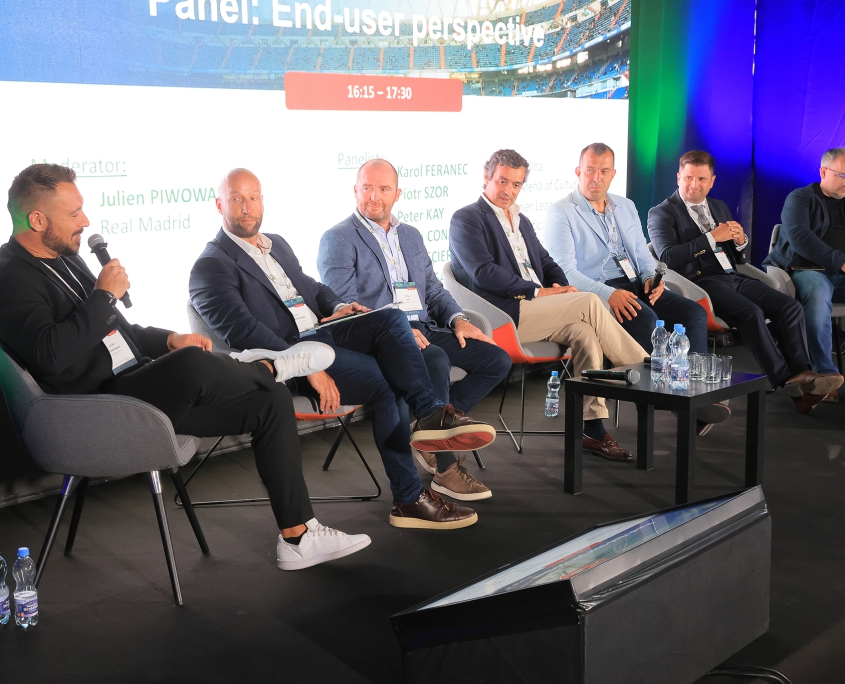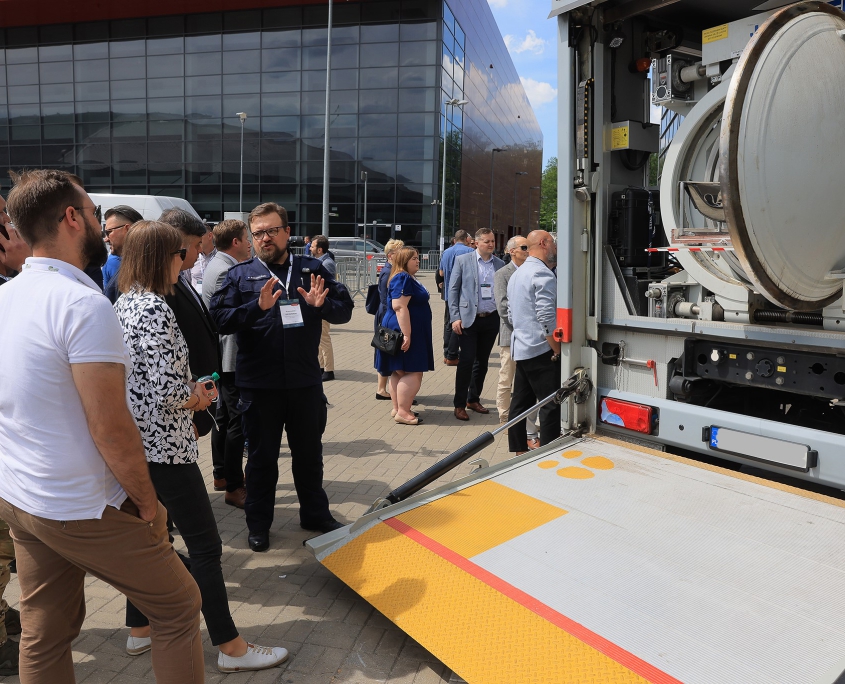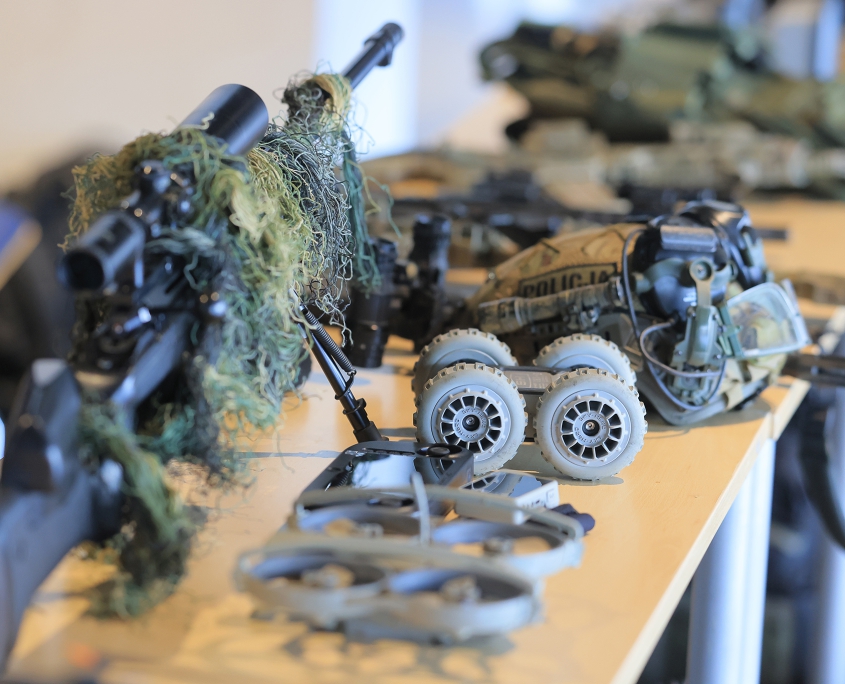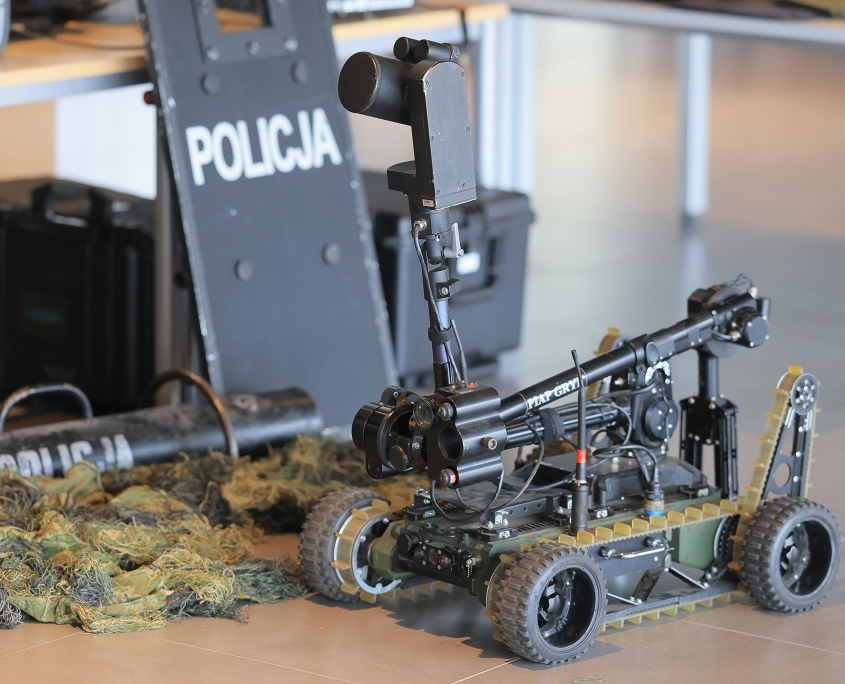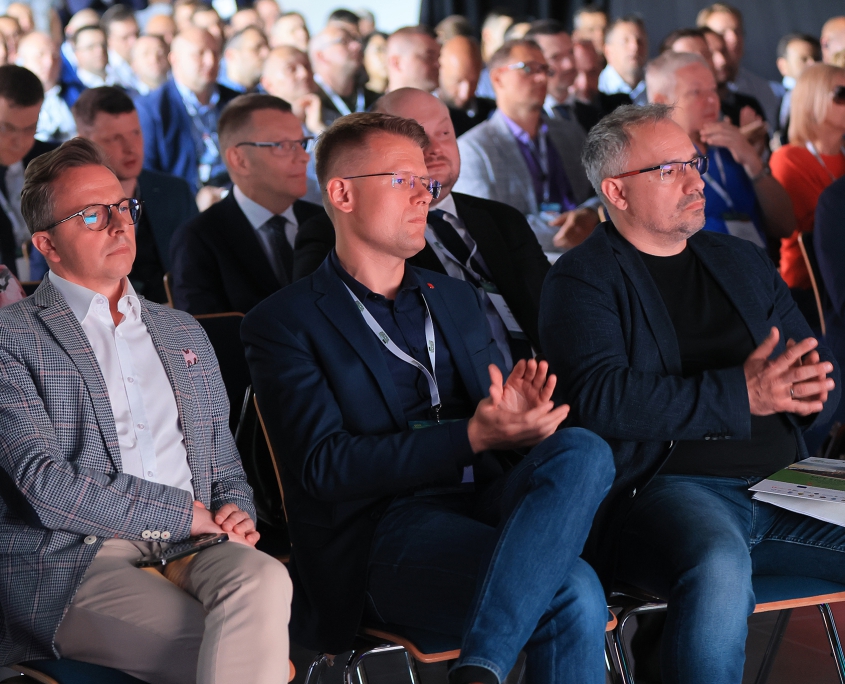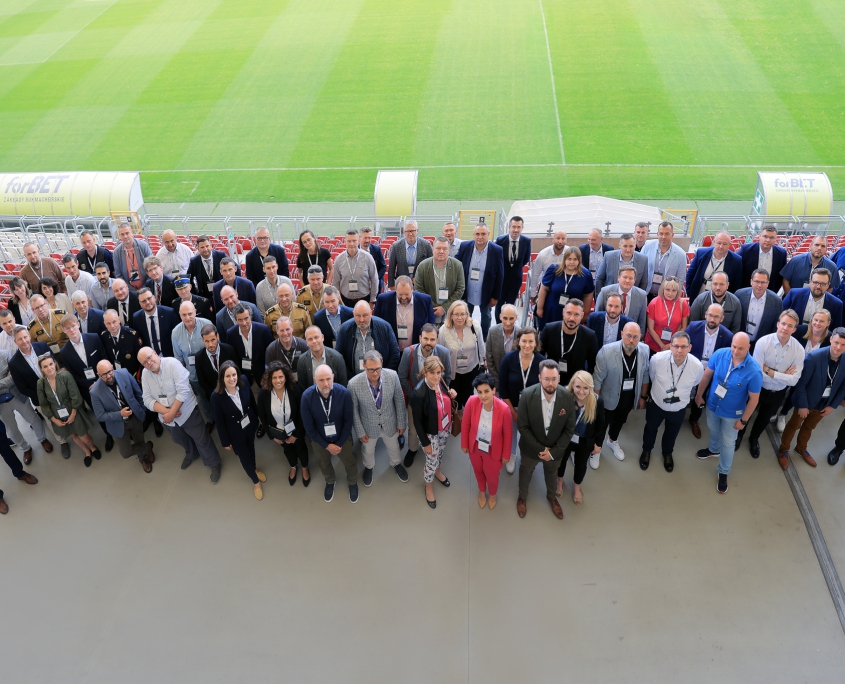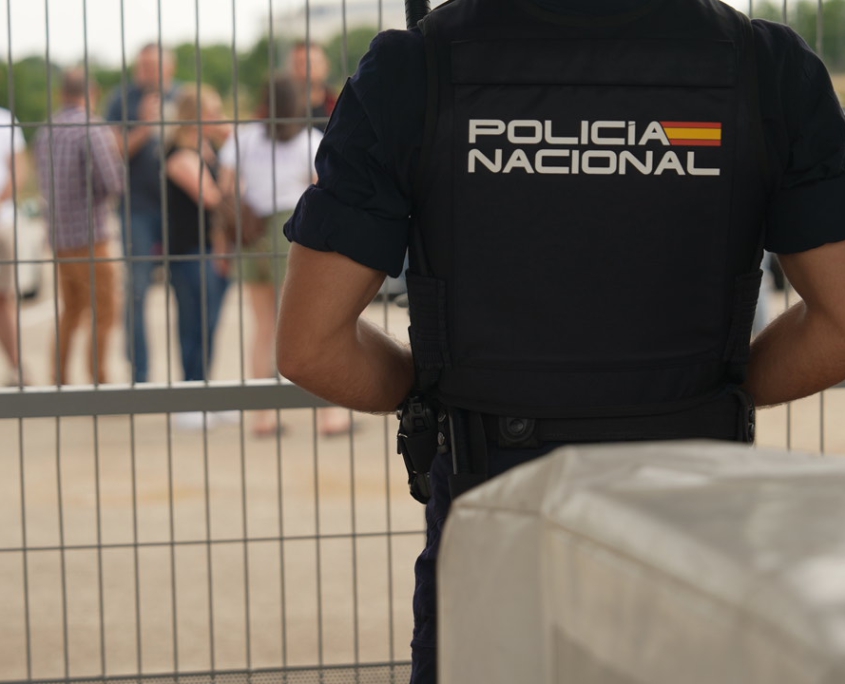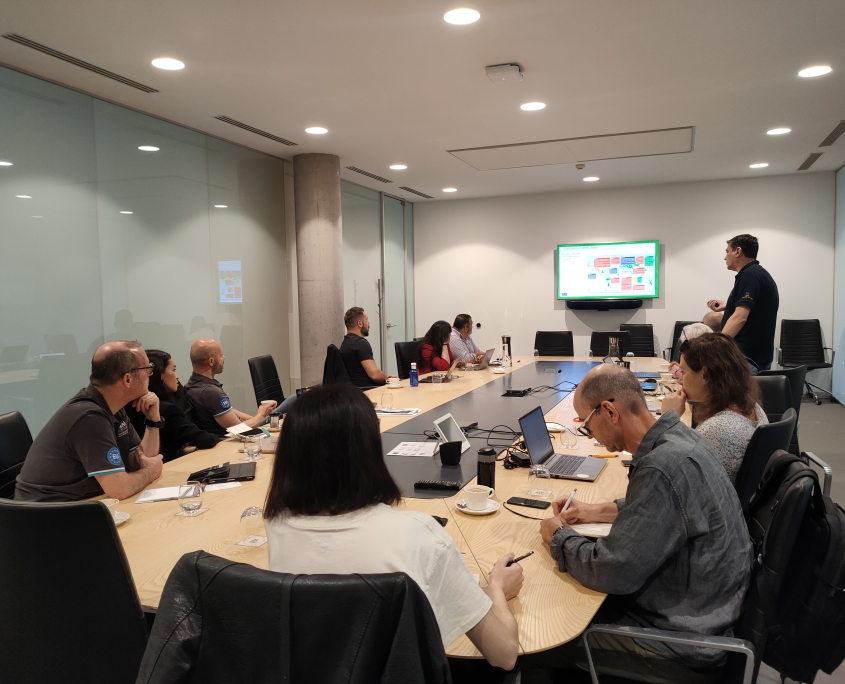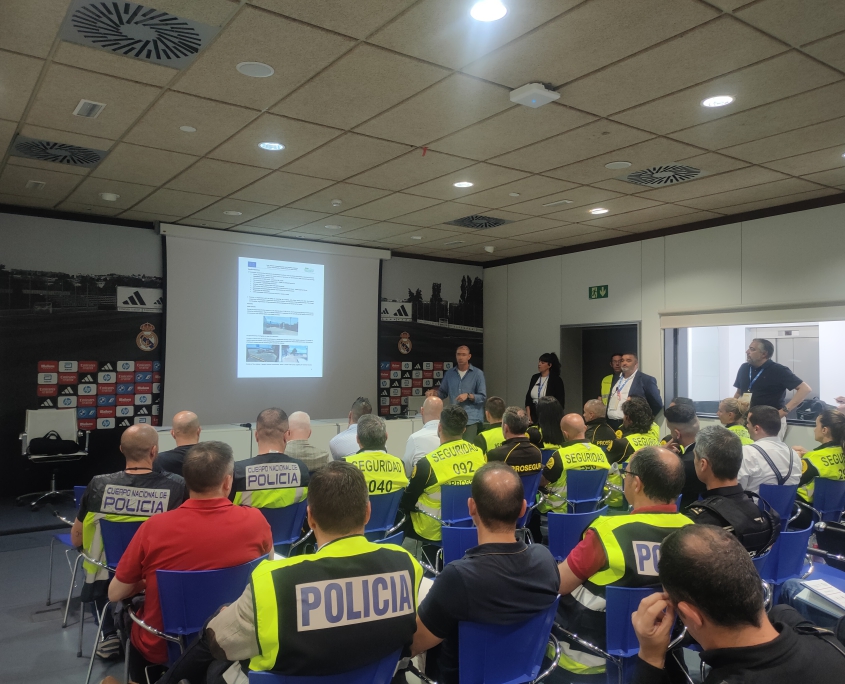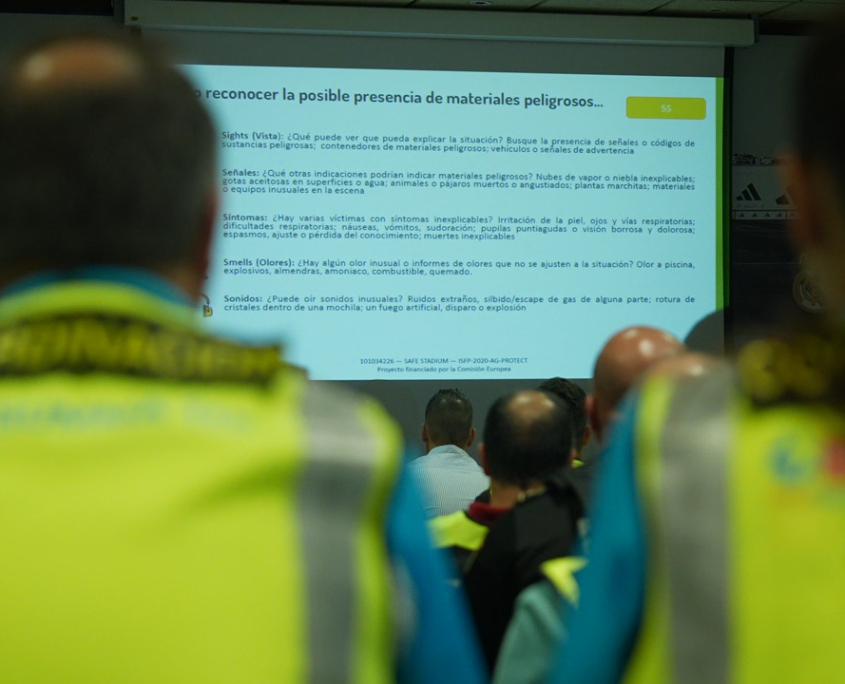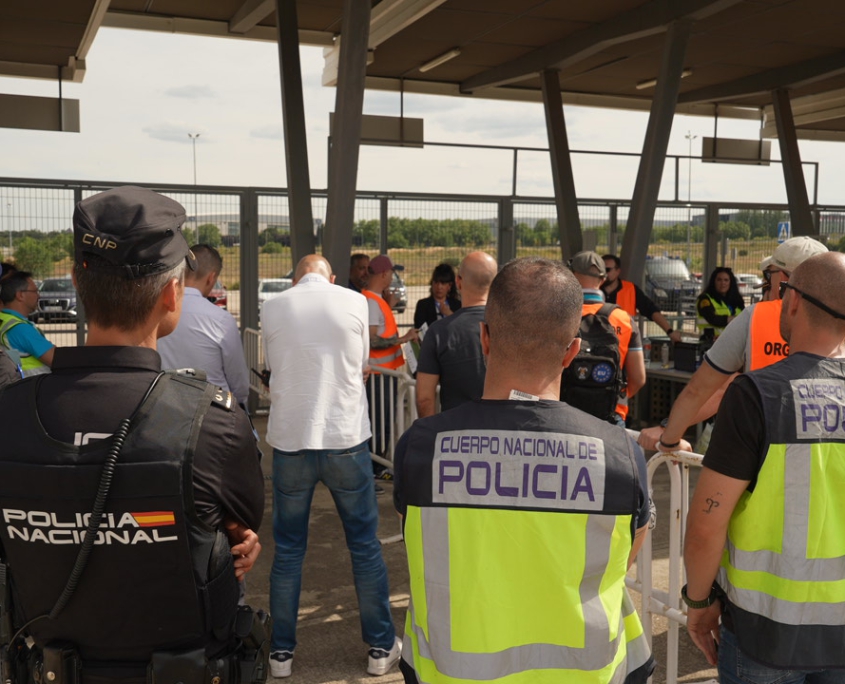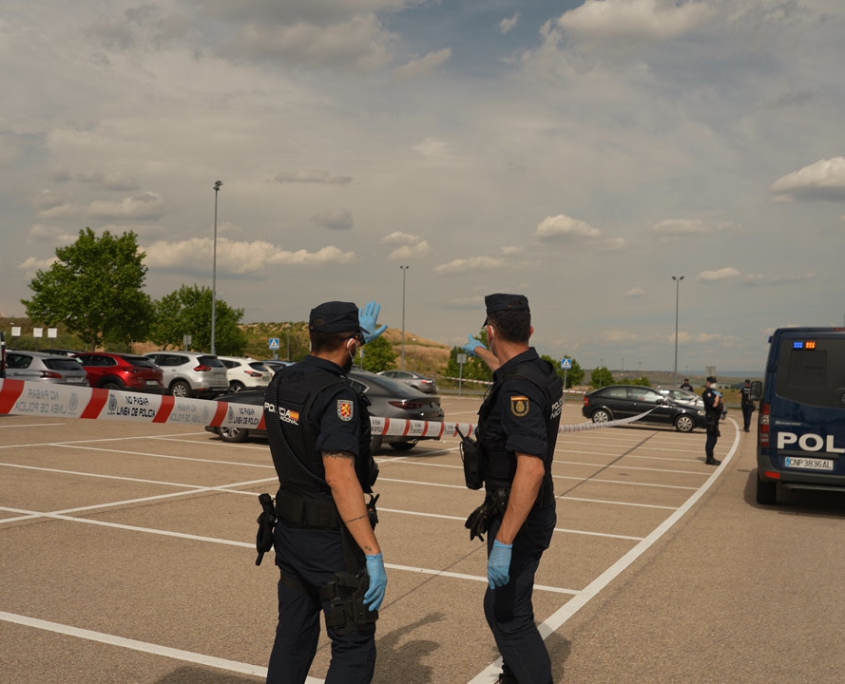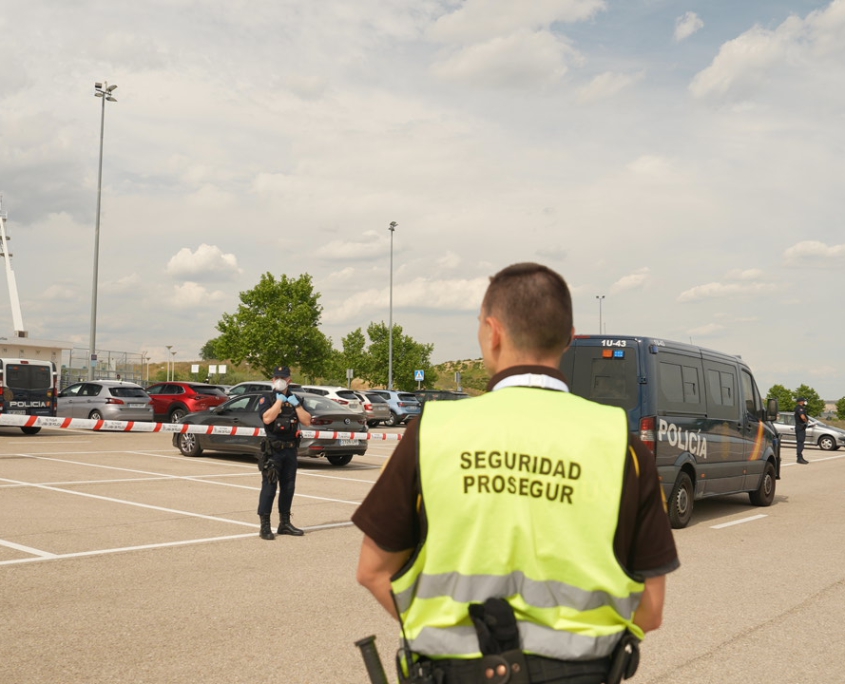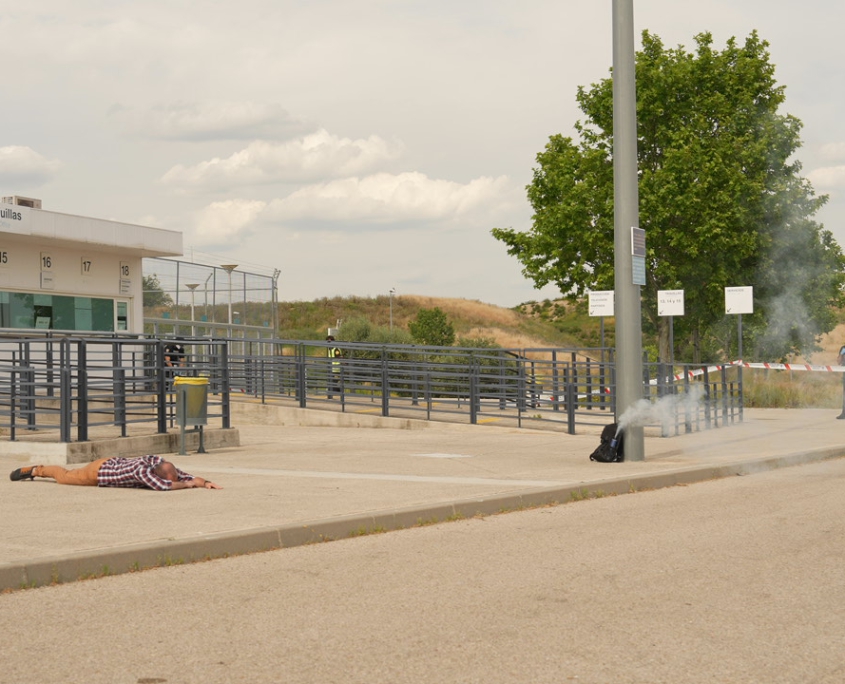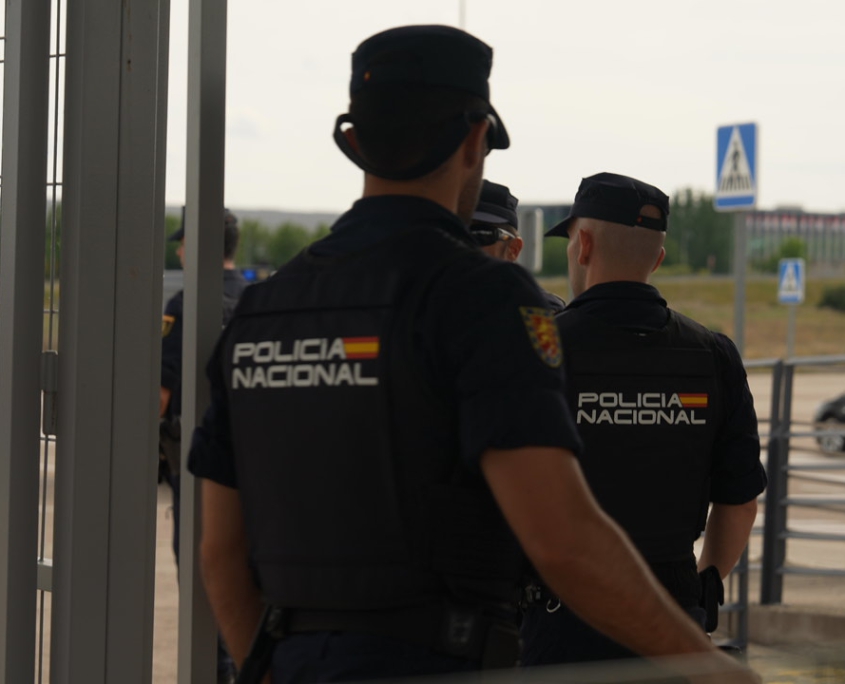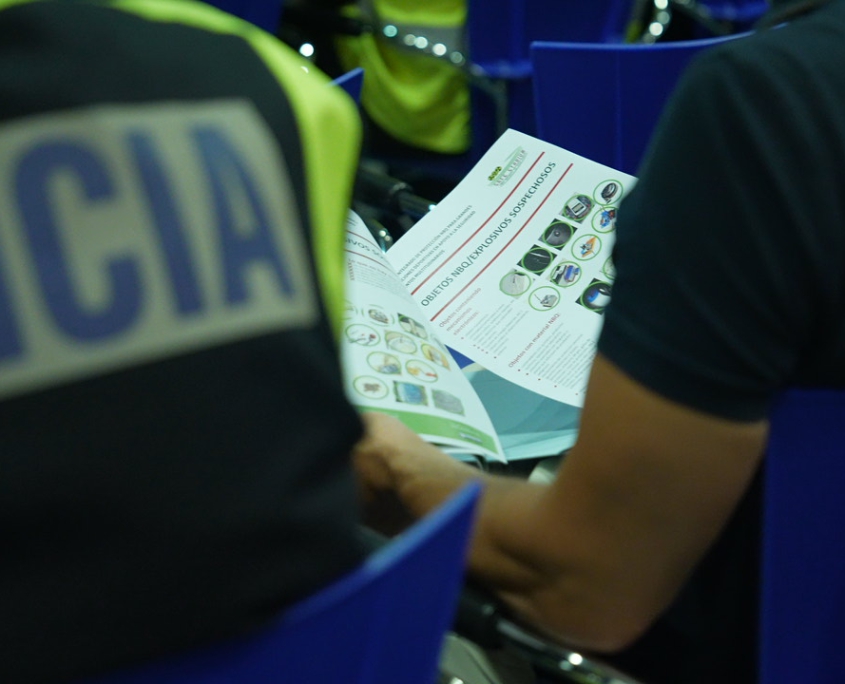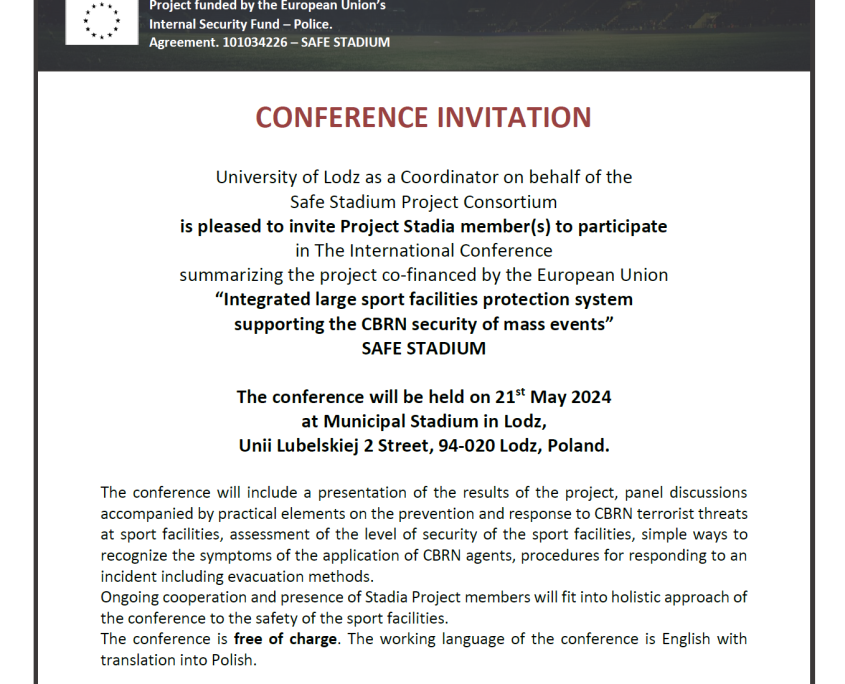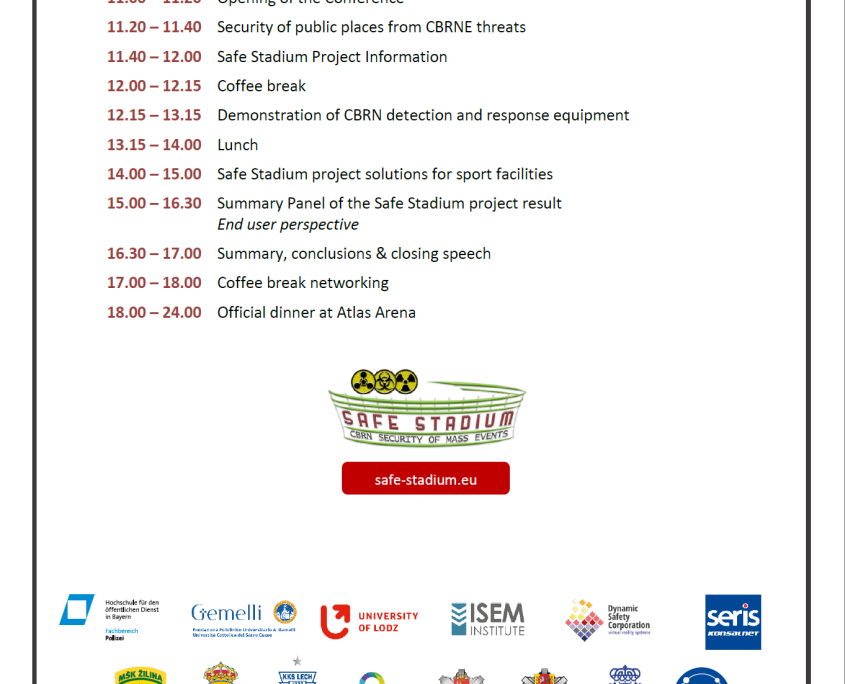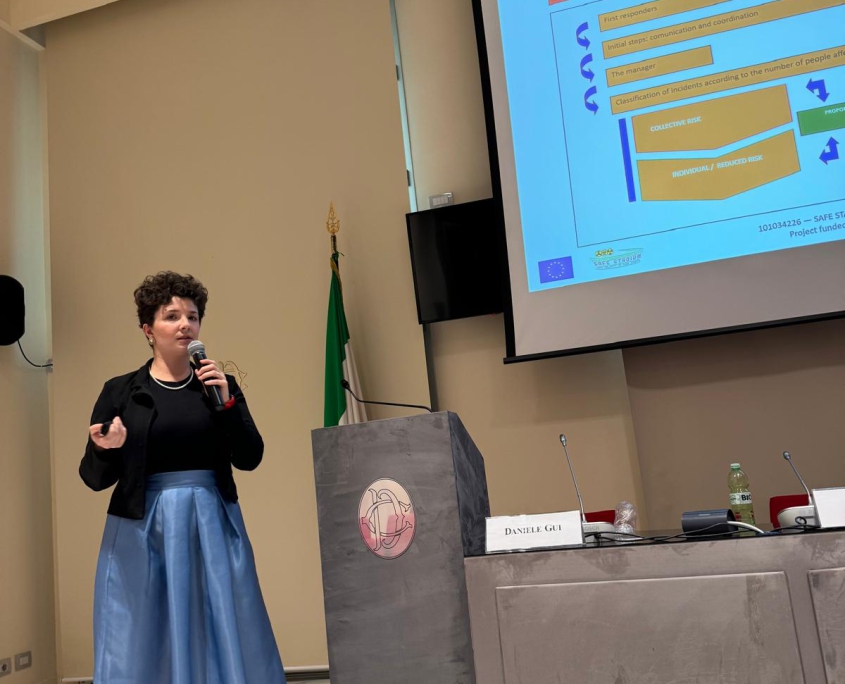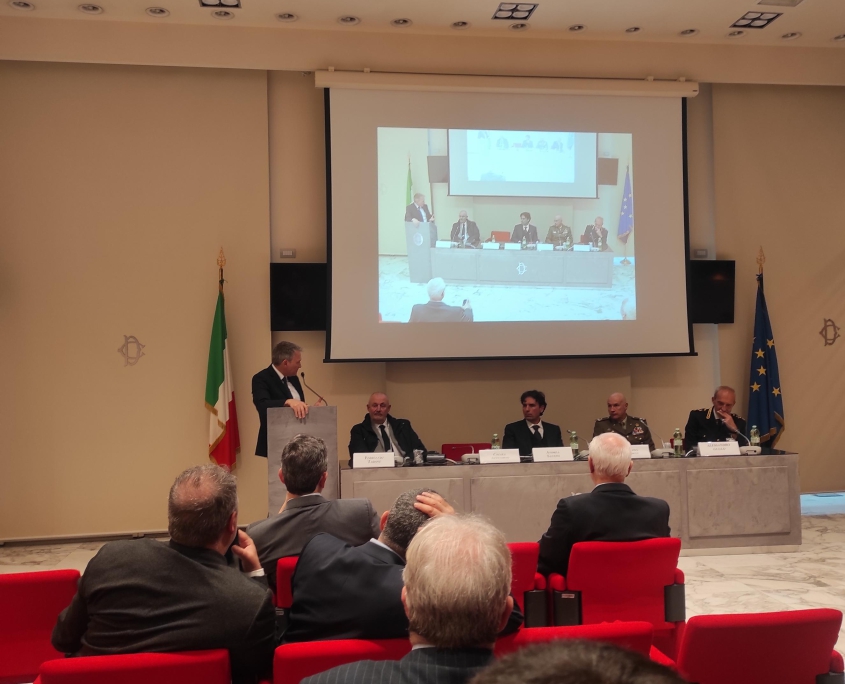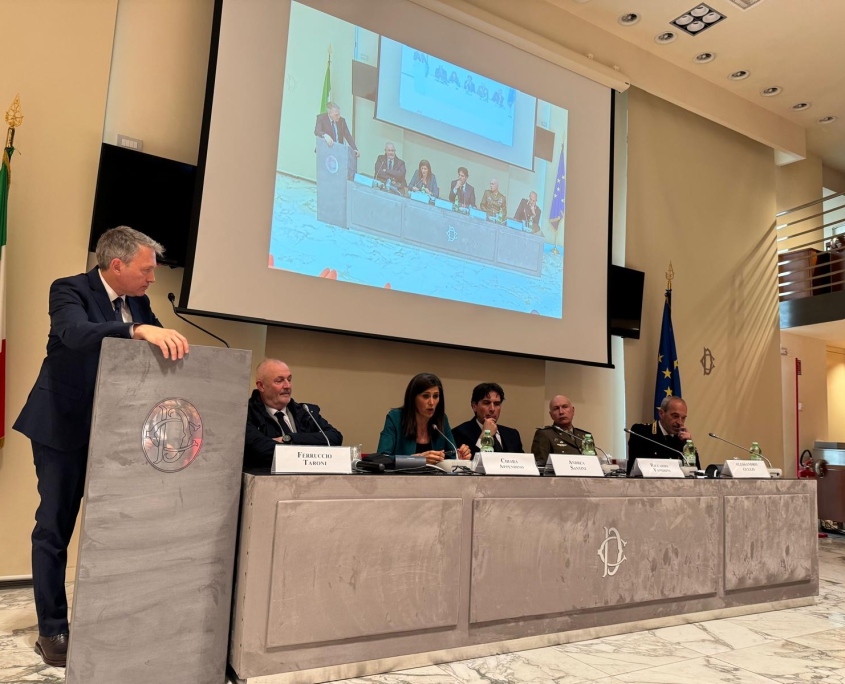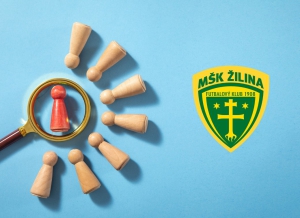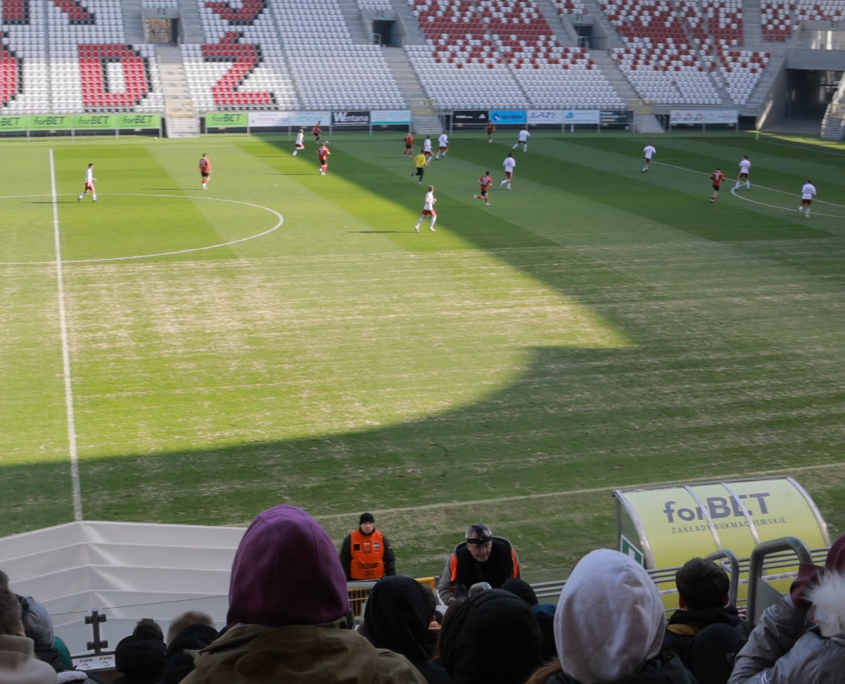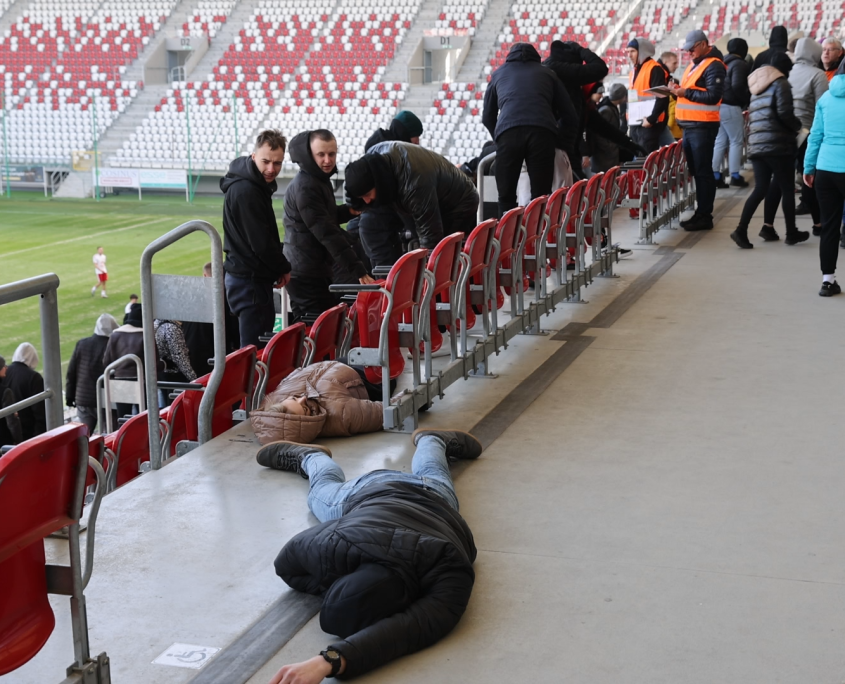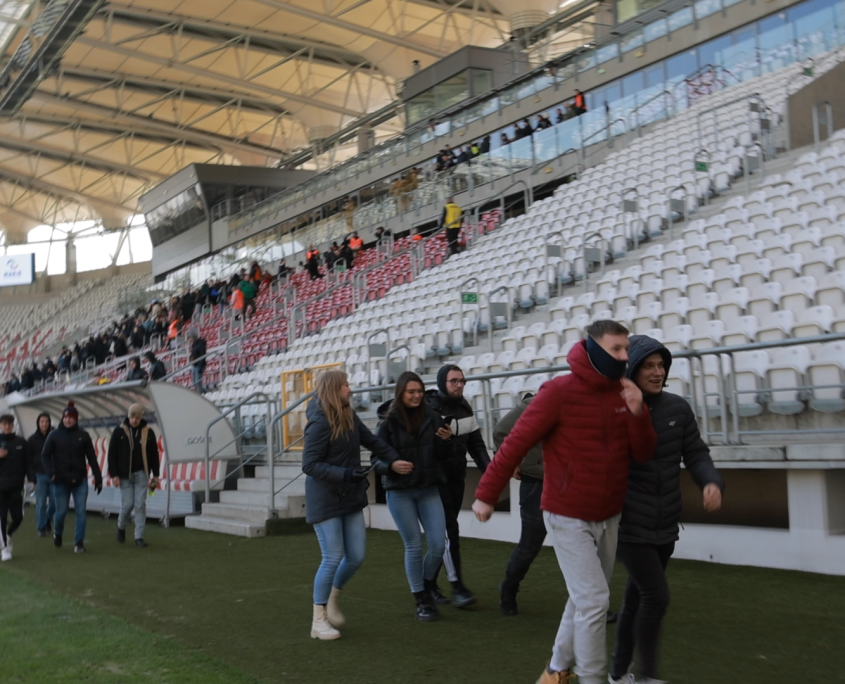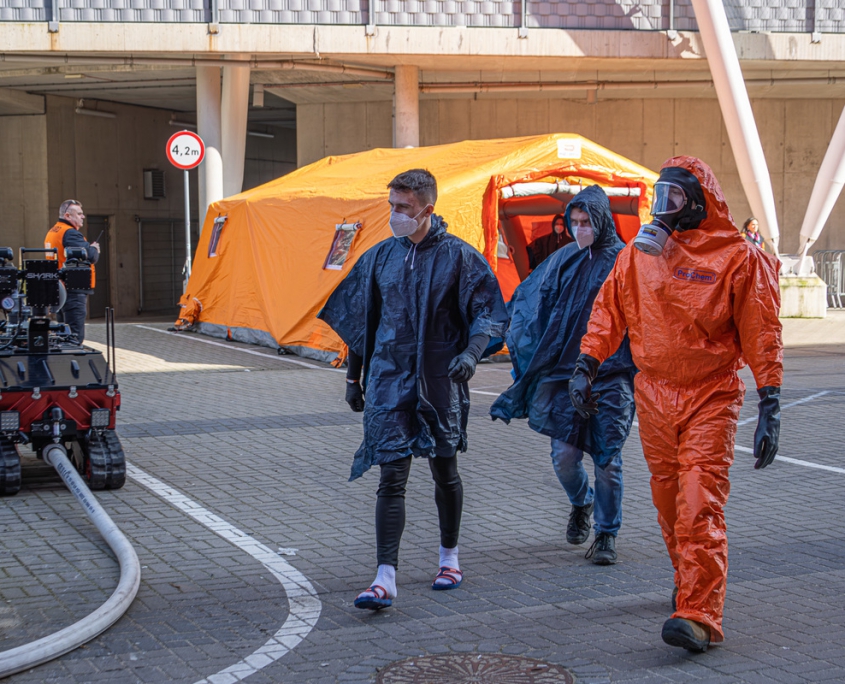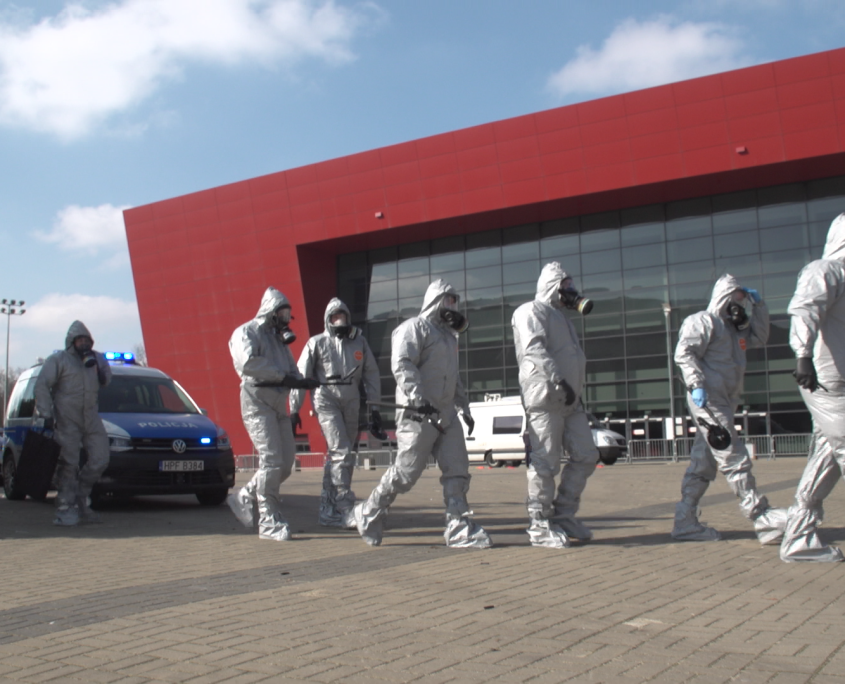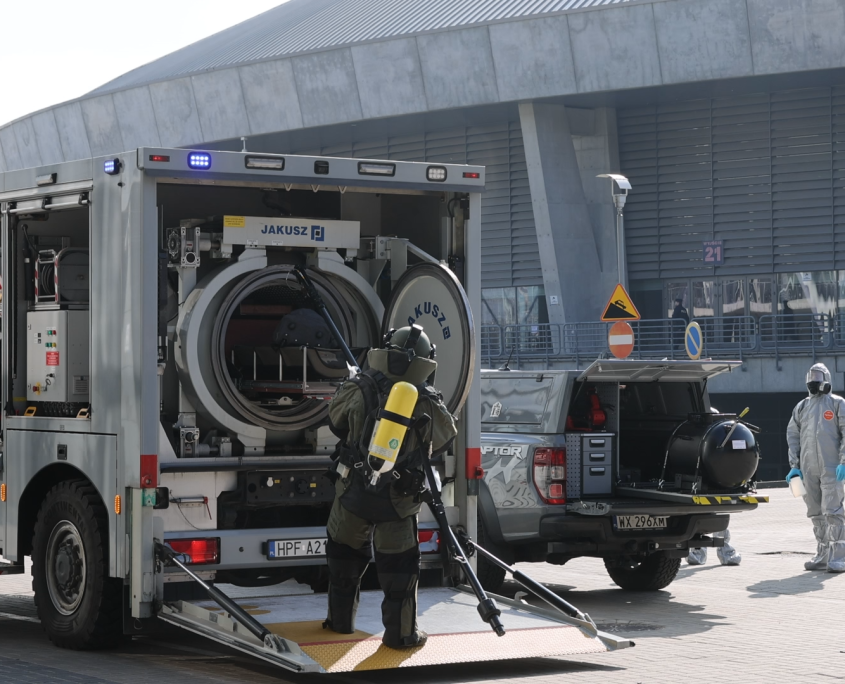On 21st of May 2024, an international conference summarizing the project, was held at the Municipal Stadium in Lodz.
As indicated before, the protection of public spaces, such as stadiums or sports venues, which can hold gatherings of tens of thousands of people at a time, is vitally important and impactful for the general safety of the citizens and local communities. Currently those types of objects are well prepared for so called “traditional” threats, however it is imperative that more effort is applied to raising knowledge, awareness and abilities in the area of counteracting and reacting to risks and threats of CBRN (chemical, biological, radiological, and nuclear) nature. SAFE STADIUM project was designed to fill in those gaps, through developed of sets procedures and recommendations with regards to CBRN safety adjusted for the specific needs and of sports facilities.
The conference not only served the purpose of presenting the findings of the project but also allowed to hold a debate about safety in sport’s halls. Conference has been inaugurated by:
Dariusz Joński – Polish MP
Adam Wieczorek – Vice Mayor of Lodz
Piotr Szor – Technical Director of City Arena of Sport and Culture
Prof. Andrzej Kruk – Dean of the Faculty of Biology and Environmental Protection
During the first part of the conference representants of European Commission, United Nations Office of Counter-Terrorism and INTERPOL presented programmes and achievements of their institutions in the area of ensuring the security of public places. Subsequentially, representatives of consortium presented the results of the project featuring a demonstration of equipment of Regional Police Headquarters in Lodz and Biohazard Prevention Centre of University of Lodz, use of which was recommended in case of CBRN emergency. The conference was completed by a panel discussion moderated by Real Madrid representative and featuring guests of sports clubs and managers of sports halls: MŠK Žilina, Premiere League, Sport Lisboa e Benfica, PGE National Stadium as well as City Arena of Sport and Culture.
